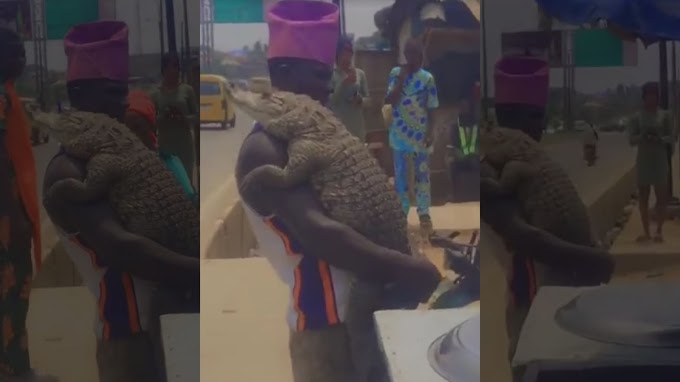Here are the Symptoms
There is an incubation period of some seven to 14 days, the CDC said. Initial symptoms are typically flu-like, such as fever, chills, exhaustion, headache and muscle weakness, followed by swelling in the lymph nodes, which help the body fight infection and disease.
"A feature that distinguishes infection with monkeypox from that of smallpox is the development of swollen lymph nodes," the CDC said.
Next comes a widespread rash on the face and body, including inside the mouth and on the palms of the hands and soles of the feet.
The painful, raised poxes are pearly and fluid-filled, often surrounded by red circles. The lesions finally scab over and resolve over a period of two to three weeks, the CDC said.
"Treatment is generally supportive as there are no specific drugs available. However, a vaccine is available that can be given to prevent the development of disease," Jimmy Whitworth, professor of international public health at the London School of Hygiene & Tropical Medicine, said in a statement.
How it Spread
Close contact with an infected individual is required for the d of the monkeypox virus, experts say.
Infection can develop after exposure to "broken skin, mucous membranes, respiratory droplets, infected body fluids or even contact with contaminated linen," Neil Mabbott, personal chair in immunopathology at the veterinary school of the University of Edinburgh in Scotland, said in a statement.
How to Control
This is Not a corona type of infection. So just chill.
Common household disinfectants can kill the monkeypox virus, according to the CDC.












